No. 104 (628) October 2025
Experts studied infrastructure resilience of water infrastructure in the Uzbek territory of the Syr Darya River Basin
A large-scale modernization of hydrotechnical constructions in the Syr Darya River basin is an important but not the only step toward water security. This conclusion was made by experts from SIC ICWC following a two-day field visit to key sites in the middle reaches of the Syr Darya River in Uzbekistan. The main outcome of the visit was a clear understanding that without coordinated management, close transboundary cooperation, and the widespread adoption of water-saving technologies, the effect of multimillion-dollar infrastructure investments will be incomplete.
The field visit was organized as part of a GIZ project on 27-28 October 2025 and facilitated by BWO Syr Darya, Ministry of Water Management of Uzbekistan, and territorial branches in Tashkent and Syrdarya provinces.

The aim was to assess the status of water infrastructure in the Syr Darya River Basin in terms of climate resilience and its role in transboundary water management. Particular attention was paid to the assessment of technical condition of structures and their client resilience.
Key structures visited:
The Upper Chirchik Hydroscheme (UCHS) is a strategic facility located on the Chirchik River, which is both a transboundary river and the main artery providing drinking and irrigation water to the city of Tashkent and Tashkent province.
During the visit, participants familiarized themselves with the operation of the Hydroscheme, water distribution between the Chirchik River and the Left-Bank Karasu Canal, the results of modernization, and the automation of the structure’s control system.


The participants also visited the Zakh and Khanym Canals located along the Diversion Canal of the Chirchik HPS, which is part of the Chirchik–Bozsu water tract. These transboundary canals, constructed in 1949, deliver water for irrigation and drinking purposes to the territories and population of both Uzbekistan and Kazakhstan.
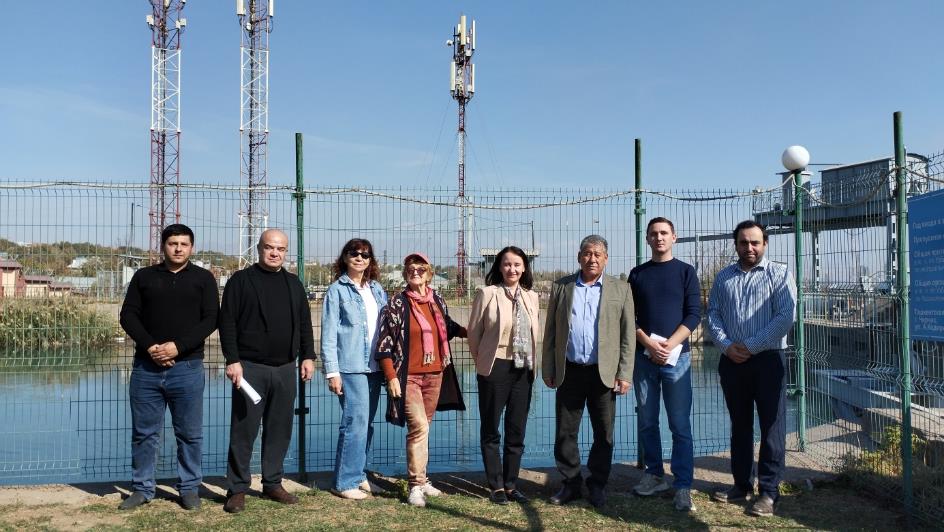
The Tuyabuguz Reservoir (also known as the Tashkent Sea) is a strategic facility located in the middle reaches of the Akhangaran River. It feeds the Tuyabuguz Left-Bank Canal and the Left-Bank Karasu Canal. The reservoir provides water to 122,000 ha of irrigated land across four districts of Tashkent province.
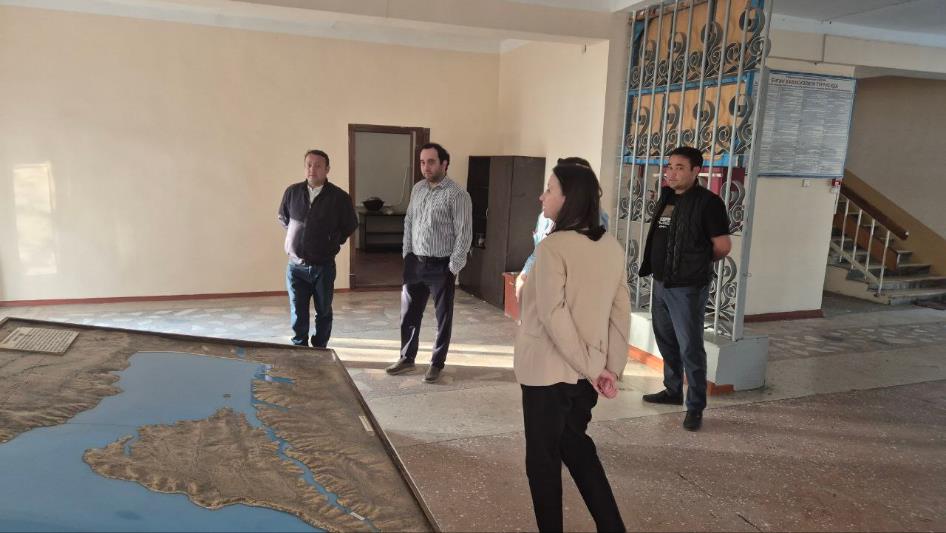
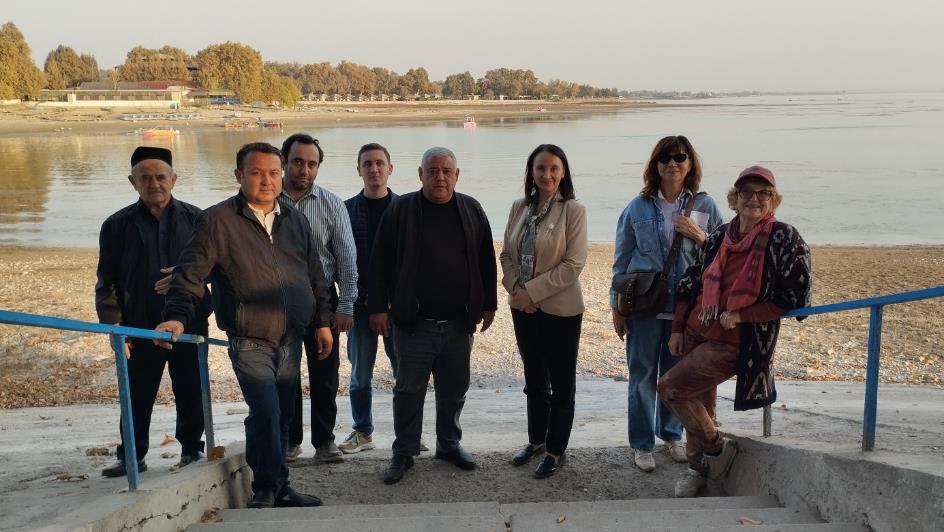
The participants also examined operation of the reservoir and the repair and rehabilitation work in the upstream section of the dam. In particular, sealing the joints between the concrete slabs with modern anti-filtration materials has significantly reduced seepage losses.
The Dustlik (Dostyk) Canal is an interstate irrigation canal that runs through Syrdarya province of Uzbekistan and Turkistan province of Kazakhstan. Originating from the spillway canal of Farhad HPS, it plays an important role in the water management system of the Syr Darya River basin.
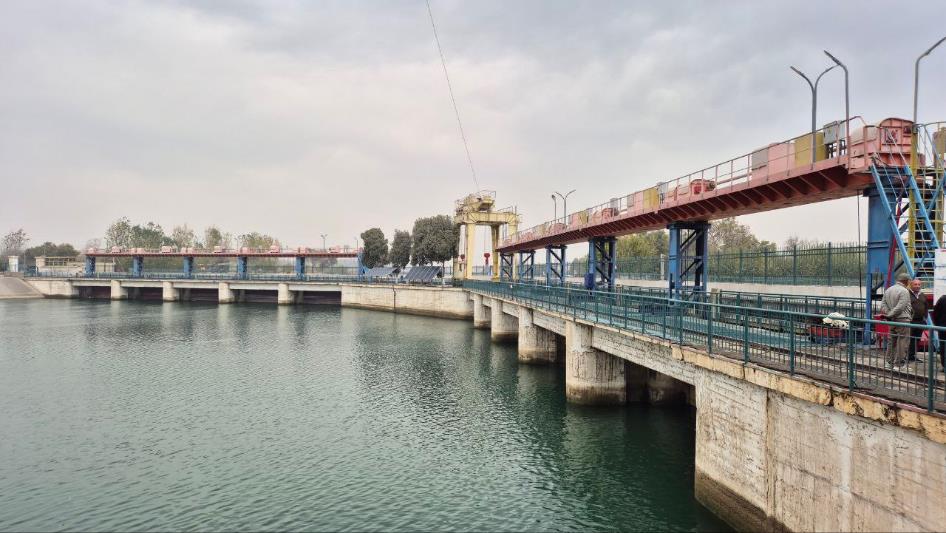
The participants also examined the hydroscheme, as well as the results of reconstruction and modernization of the Dustlik Canal head structure. Completed in 2024, this work has ensured full automation of the entire hydroscheme.
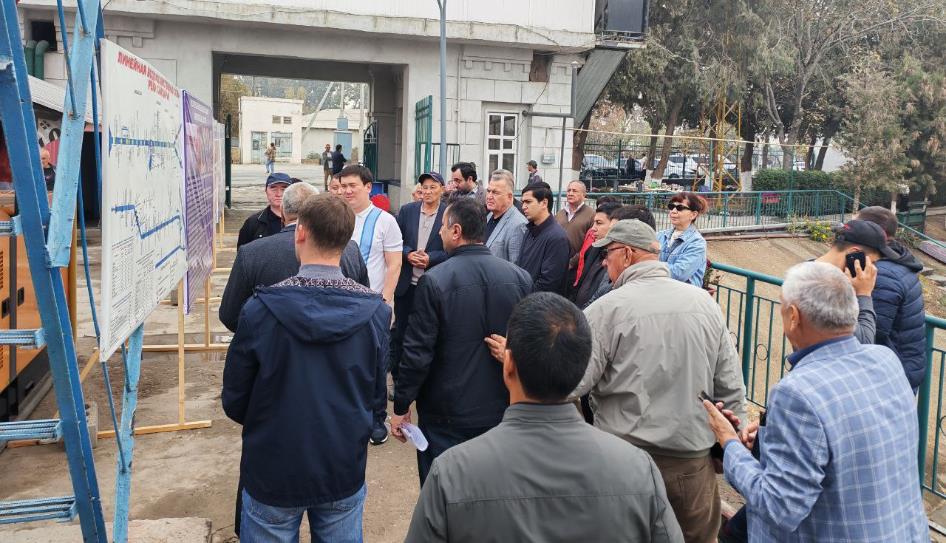
In addition, the participants visited a canal’a section within the city of Gulistan, where, between 2016 and 2019, the canal’s slopes and bed over a length of 4,750 meters have been concreted. These measures helped reduce seepage losses and prevent waterlogging of residential areas.

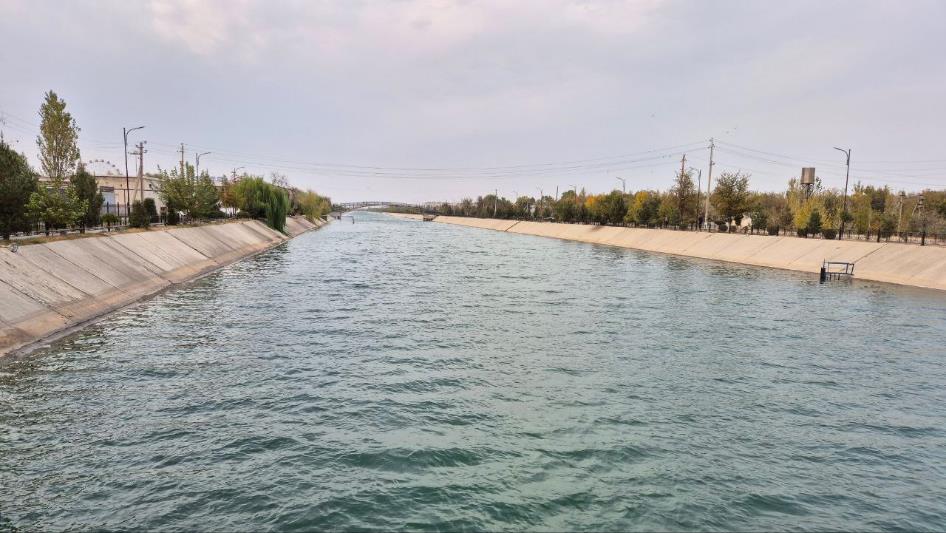
The South Hunger Steppe Canal (SGC) is an irrigation canal that originates from the upstream pool of Farhad HPS on the Syr Darya River. It is designed to irrigate 370,000 ha of land in Syrdarya and Jizzakh provinces.
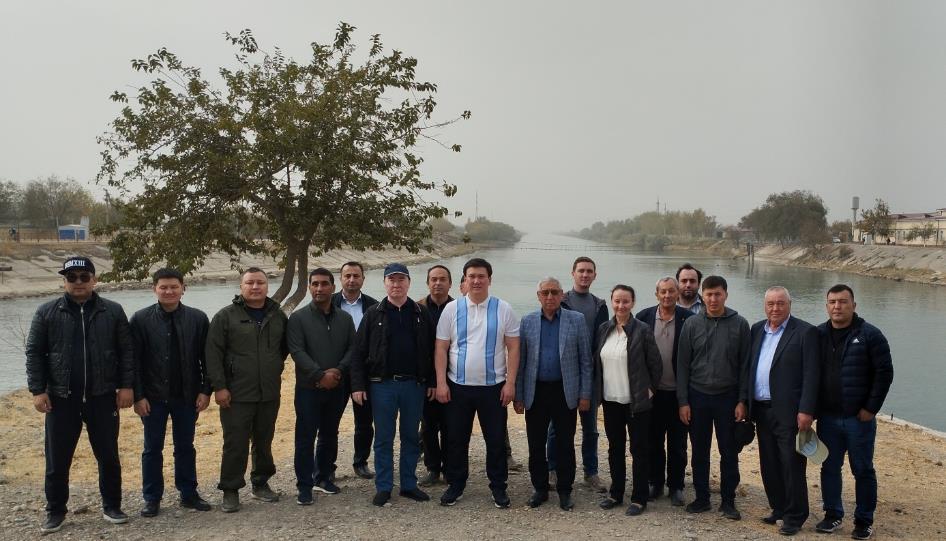
The participants were informed on the operation of the structure, as well as the results of reconstruction and modernization of the headwork at PK145-00 of the South Hunger Steppe Canal done in 2020–2021. As a result, the structure is now equipped with four gauging stations and a fully automated gate control system.
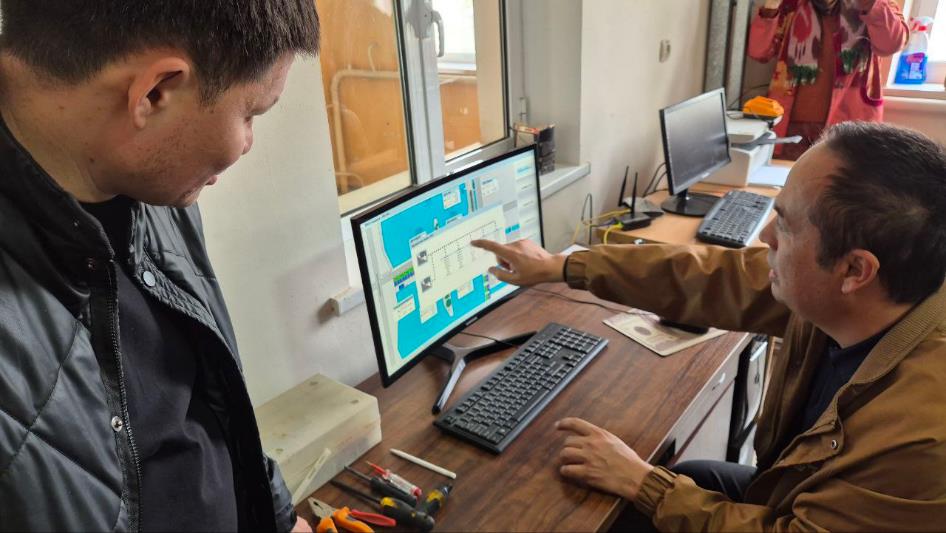
Visits to major water management facilities allowed the participants to clearly assess the scale of the ongoing reconstruction and modernization efforts. However, along with infrastructure upgrades, it is equally important to focus on water conservation at the field level. Without efficient agricultural water use, even the most advanced hydraulic structures cannot ensure sustainable water management.
In this context, together with a delegation from Kazakhstan — visiting Uzbekistan at the same time to study the current state of water management facilities and to exchange experience in reducing seepage losses in irrigation networks — the participants examined the results of canal lining works and the use of innovative anti-filtration materials.
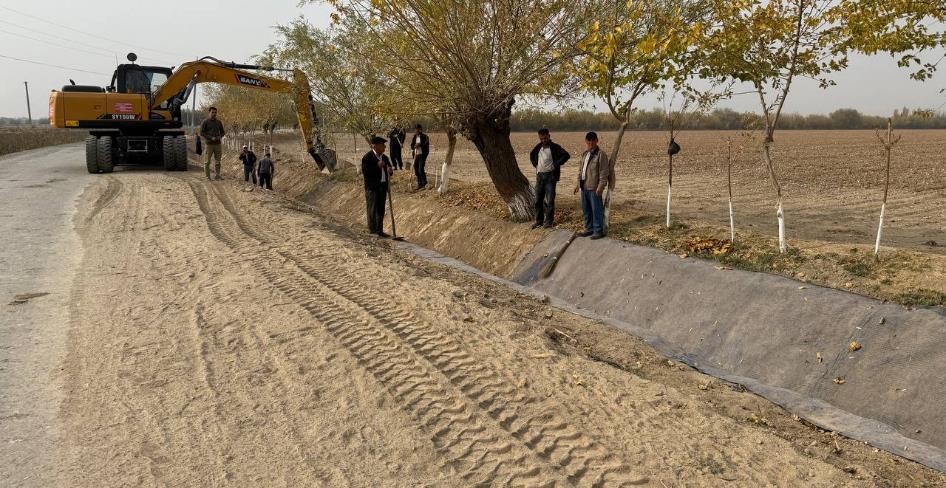
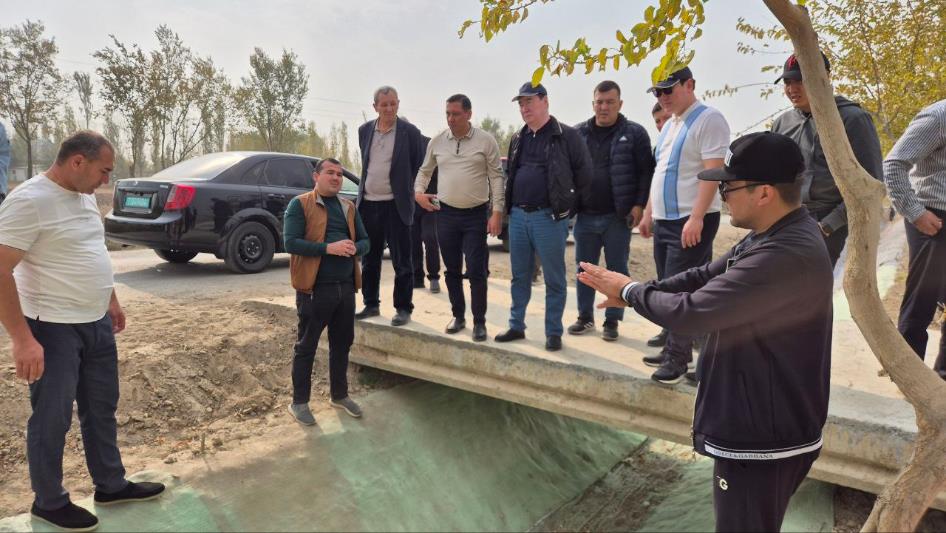
Modernization of water infrastructure is an important step for more reliable water supply. However, without the adoption of water-saving technologies in the field, the impact of such investments will remain limited. Thus, the visit concluded with a field trip where participants could directly observe the operation of drip and sprinkling irrigation systems.
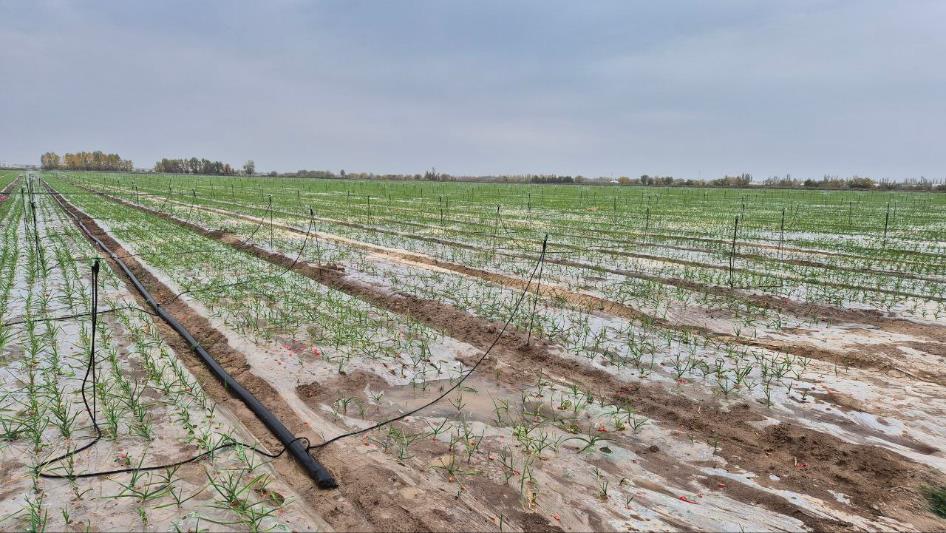

Key conclusions:
- Modernization works: Reconstruction and automation of key hydroschemes — Upper Chirchik, Dustlik and the South Hunger Steppe Canal s— have already significantly improved flow management and reduced water losses.
- Seepage issues can be solved: The use of modern materials at the Tuyabuguz Reservoir and the concrete lining of canals have proven effective in reducing water losses and preventing waterlogging.
- The transboundary dimension matters: The Zakh, Khanym, and Dustlik Canals are not only pieces of infrastructure but also vital arteries of cooperation between Uzbekistan and Kazakhstan.
- The main challenge lies in the field: The visit to a field with drip irrigation demonstrated that the future of water sector depends on an integrated approach combining large-scale infrastructure modernization with technologies adopted at the end-user level.
Next steps
Based on the results of the visit, a detailed analytical report with recommendations for national and international partners will be prepared. Photo and video materials collected during the visit will be used to produce a documentary film to raise awareness of the status and importance of water infrastructure in the Syr Darya River basin.
The visit was led by Dinara Ziganshina, Director of SIC ICWC. The delegation included water experts A. Galustyan, A. Dolidudko, and A. Gazaryan, as well as media expert N. Shulepina.